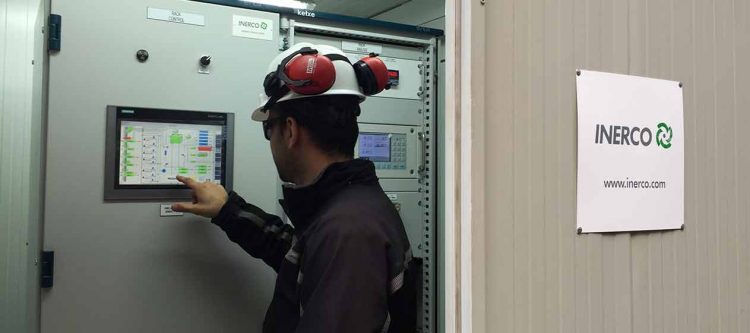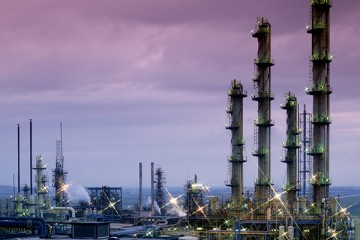Cost reduction through continuous process monitoring

Continuous monitoring first became a legal requirement with the entry into force of D.S. No. 13/2011 of the Ministry of the Environment, “Establishing emissions standards for thermal power stations”. Subsequently in late 2013, these types of monitoring systems began to be applied in the mining sector, with the publication of the specific regulation D.S. No. 28/2013 of the Ministry of the Environment,“Establishing emissions standards for copper smelters and sources of arsenic emissions”, which seeks to reduce arsenic and sulphur emissions and establish continuous monitoring of SO2 at the main sources emitting these pollutants. Finally in 2014, with the publication of the corresponding protocol, Exemption Decree No. 694/15 improvements were made to the inspection of these types of sources by establishing standardised terms and criteria for different stages of the production process.
It is clear that in the medium term, this gradual increase in the requirement to implement continuous emissions monitoring will also affect other environmental factors, such as air and water quality. At this stage, operators should be considering monitoring systems that, in accordance with legal requirements, are technically and economically optimal, thereby obtaining the maximum return on investment while complying with regulations for components for which monitoring is required.
To that end, whether for existing or for existing systems, it is necessary to analyse a large number of aspects in depth; noteworthy examples are parameters to be monitored with respect to the process, the environment, the applicable legislation, the procedures and instructions available, the different systems and technology available, and new international trends.
This analysis should yield a robust, reliable system, ensuring information continuity and preventing potential faults and in turn offering advantages in in terms of the information available on the production process and optimising operating costs.
It is therefore recommended to implement systems that can offer a global solution as a means to significantly reduce costs and ensure compliance with the legislation in force.







No Comment